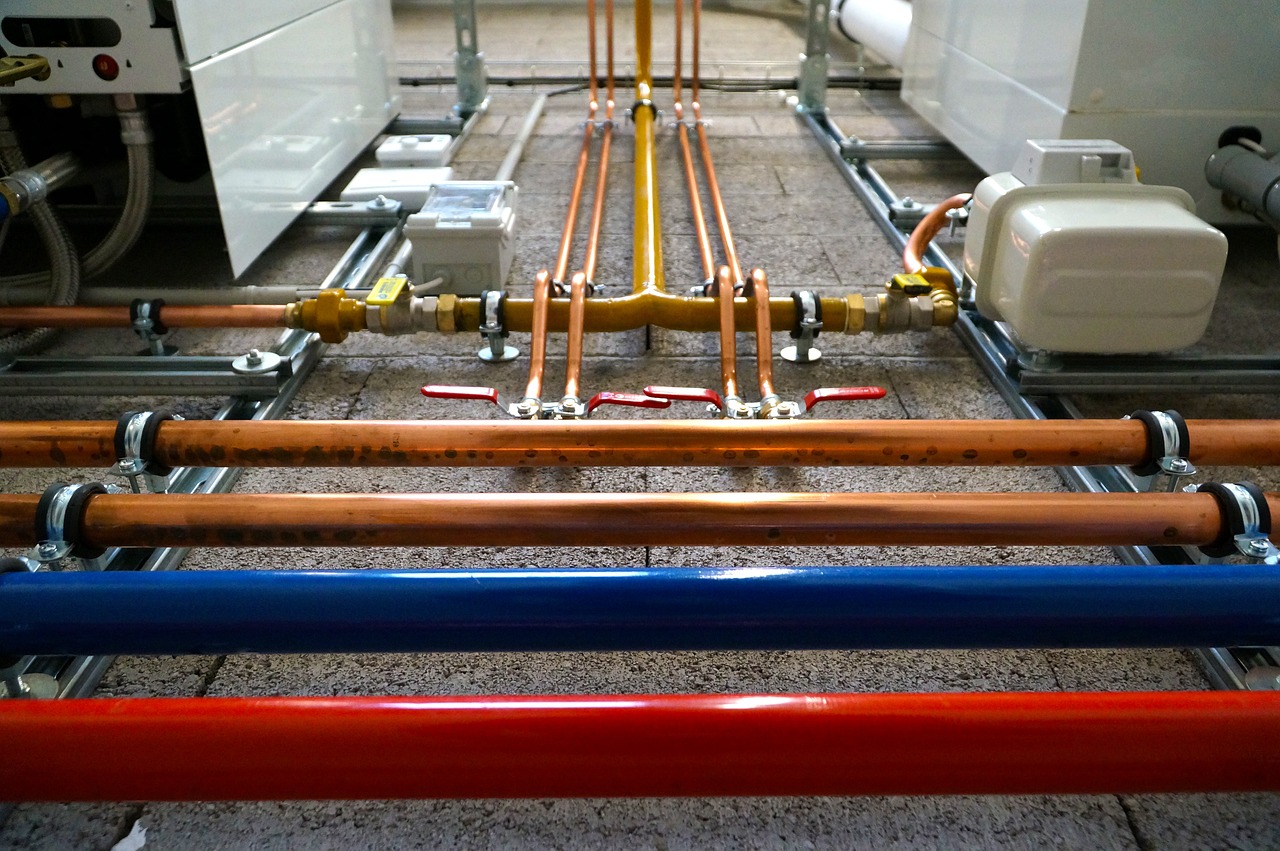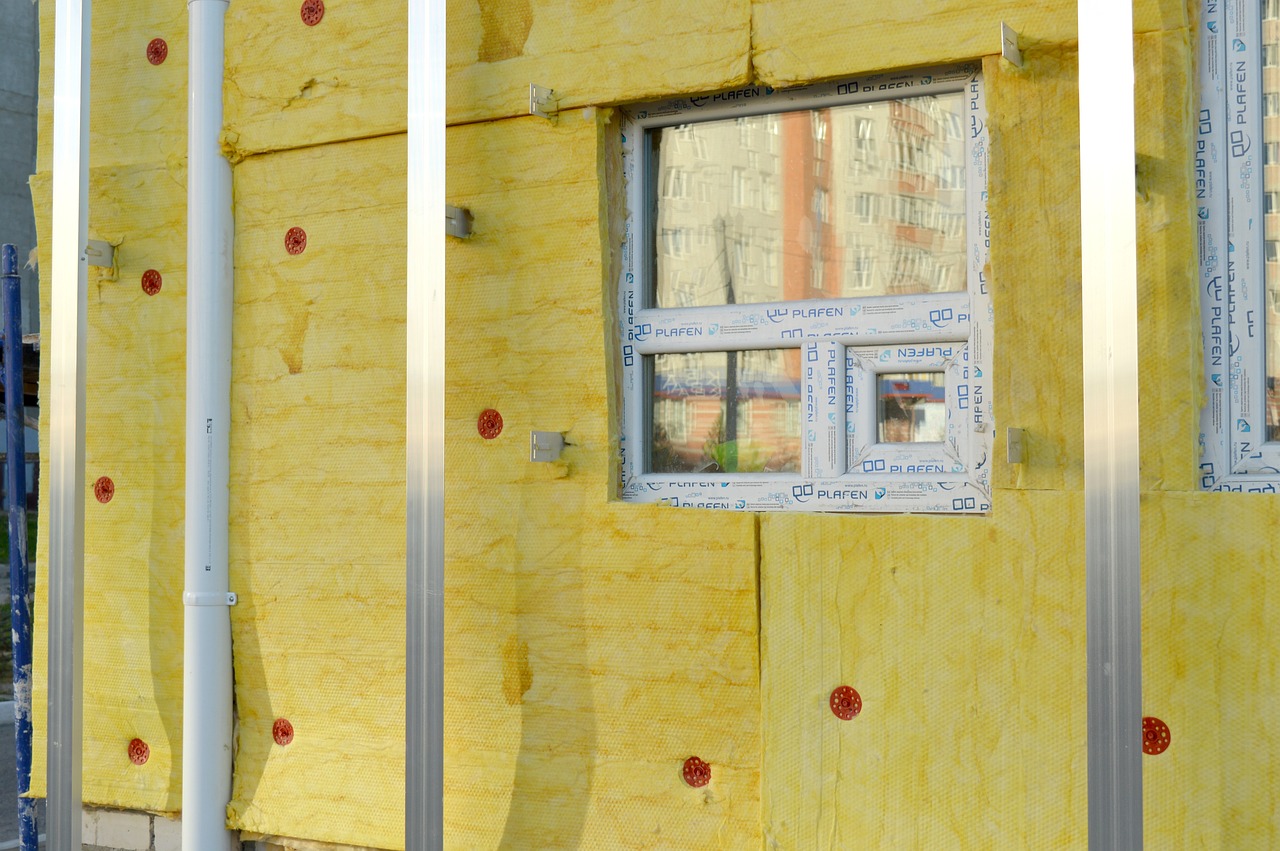
How to Inspect and Maintain Your Home's Plumbing System: A Comprehensive Guide
Introduction: A well-maintained plumbing system is essential for preventing water damage and ensuring your home's comfort and functionality. Regular inspections and maintenance can help you identify and address potential issues before they become major problems. This guide provides a step-by-step approach to inspecting and maintaining your home's plumbing system.
1. Inspecting Visible Plumbing Components:
a. Checking Pipes and Connections: Examine exposed pipes in your home for signs of leaks, corrosion, or damage. Pay attention to pipe joints and connections, ensuring they are secure and not showing signs of wear.
b. Inspecting Faucets and Fixtures: Check all faucets, showerheads, and other fixtures for leaks or drips. Tighten any loose fittings and replace worn-out washers or seals to prevent water waste and damage.
2. Monitoring Water Pressure:
a. Importance of Proper Water Pressure: Excessive water pressure can damage pipes and fixtures, while low pressure can indicate a problem with your plumbing system. Use a pressure gauge to check your home’s water pressure.
b. Adjusting Pressure Regulators: If your water pressure is too high, consider adjusting or installing a pressure regulator to prevent damage. For low pressure, check for clogs or issues with the main water supply.
3. Preventing and Clearing Clogs:
a. Using Drain Covers: Install drain covers or screens in sinks, showers, and tubs to catch hair, food particles, and other debris. This simple step helps prevent clogs and keeps your plumbing running smoothly.
b. Clearing Minor Clogs: Use a plunger or a plumber’s snake to clear minor clogs in drains. For more stubborn clogs, consider using a chemical drain cleaner or a mixture of baking soda and vinegar. Avoid using harsh chemicals that can damage pipes.
4. Inspecting and Maintaining Water Heater:
a. Flushing the Tank: Sediment buildup in the water heater tank can reduce efficiency and lead to issues. Flush the tank annually to remove sediment and improve performance.
b. Checking the Anode Rod: Inspect the anode rod in your water heater, which helps prevent corrosion. Replace the rod if it is significantly corroded to extend the lifespan of your water heater.
5. Addressing Leaks and Water Damage:
a. Identifying Leaks: Regularly check under sinks, around toilets, and near appliances for signs of leaks or water damage. Look for damp spots, mold, or mildew, which can indicate hidden leaks.
b. Fixing Leaks Promptly: Repair leaks as soon as they are identified to prevent further damage. Tighten fittings, replace damaged pipes, or use pipe sealant as needed. For major leaks, consider consulting a professional plumber.
6. Winterizing Your Plumbing System:
a. Preventing Frozen Pipes: Insulate exposed pipes in unheated areas, such as basements and crawl spaces, to prevent freezing. Allow faucets to drip during extremely cold weather to keep water flowing and reduce the risk of freezing.
b. Draining Outdoor Faucets: Disconnect and drain hoses from outdoor faucets before winter. Use an outdoor faucet cover to protect against freezing temperatures and potential damage.
7. Performing Regular Maintenance Checks:
a. Scheduling Professional Inspections: Have a professional plumber inspect your system periodically, especially if you experience issues or suspect problems. A professional can identify hidden issues and provide expert solutions.
b. Keeping a Maintenance Log: Maintain a log of all plumbing maintenance and repairs, including dates and details. This record helps track the condition of your plumbing system and can be valuable for future reference.
8. Upgrading Plumbing Components:
a. Modern Fixtures and Appliances: Consider upgrading to water-efficient fixtures and appliances, such as low-flow toilets and faucets, to save water and reduce utility bills. Newer models often offer improved performance and efficiency.
b. Replacing Old Pipes: If your home has old or outdated pipes, such as galvanized steel, consider replacing them with modern materials like PEX or copper. This upgrade can prevent issues related to pipe corrosion and improve water quality.
Conclusion: Regular inspection and maintenance of your home’s plumbing system are crucial for preventing water damage and ensuring the efficient operation of your fixtures and appliances. By following these tips for inspecting visible components, monitoring water pressure, preventing clogs, and addressing leaks, you can keep your plumbing system in top condition and avoid costly repairs. Consistent maintenance will help ensure your home remains comfortable and functional for years to come.
Recent articles from Home Maintenance

How to Choose and Hang String Lights on Your Balcony
One of the simplest ways to create a cozy, festive atmosphere at home is by hanging string lights. Once reserved for Christmas trees, twinkling lights are now used year-round, adding charm to sh...

How to Effectively Seal and Insulate Your Home: Enhancing Energy Efficiency and Comfort
Introduction: Proper sealing and insulation are crucial for maintaining energy efficiency and comfort in your home. By preventing drafts and heat loss, you can reduce your energ...

How to Inspect and Maintain Your Home's Plumbing System: A Comprehensive Guide
Introduction: A well-maintained plumbing system is essential for preventing water damage and ensuring your home's comfort and functionality. Regular inspections and maintenance ...